When we first moved to our off-grid piece of paradise, we decided to practice permaculture – we’d try and make nature work for us, instead of working our butts of trying to combat it. Permaculture tries to make all elements on a property work together: soil, landscaping, plants, animals and people.
One of the challenges we’re presented with on our finca (Spanish piece of farmland), is the grass and weeds growing around our almond and olive trees.
Tall grass makes it difficult to harvest by hand; we have to be able to place nets on the ground to catch the almonds and olives when we knock them out of the tree.
Tall grass is also extremely flammable; in summer it gets as high as a person, and very dry – it takes a fraction of a moment to go up in flames.
Tall grass is also not very convenient – try wading through your orchards to prune the trees or check on your blossoms, when the grass is waist-high (or taller).
Now we could plough, like most other farmers around here do. We have a dozen reasons for not ploughing, but that’s a story for another time. Or we could get a lawn mower, and cut the grass every time it’s needed; we would need to keep buying fuel for the tractor (our aim is to NOT have to buy many things from outside), and it’s a big job to cut all the grass on all those terraces, over and over again.
The decision was made very early on; we’d get animals to graze our finca. I’ve written a post on how we ruled out most other animals as grazers for our farm – but this time I’d like to talk about how alpacas are the ideal animals for our situation. And who knows, they might be for yours as well?
1. The Forage On Our Farm Is Right For Alpacas
We have very varied pastures on our land – different kinds of grasses (mostly long fiber grass hay), a few legumes, some alfalfa, blackberries and other plants. However, it’s quite dry most of the year; the fields might look nice and green in April and at the beginning of May, but by the end of that month everything looks brown and dried. For most animals, this would mean we had to bring in a lot of quality hay from other parts of the country; but not for alpacas… they’re content just eating what’s here already, year round.
Alpacas don’t just graze, they browse as well; they will snack on brushes and blackberry plants, which we can only support. We love blackberries… there’s just so many of them.
We will supplement our alpacas’ feed with minerals at times, all in small quantities and if needed.
Most other animals will damage the soil with their hooves when it’s wet; they might trample pathways beyond recognition, and compact the soil around our trees. Not with alpacas – their soft toes make sure the soil stays intact.
2. Alpaca Bean Tea
Have you ever heard of manure tea? No, it’s not a hot beverage – it’s a mix you can use to water and strengthen your vegetable garden. Alpaca poo looks like little beans – which has earned alpaca manure tea the name of “alpaca bean tea”.
We will keep you up to date on this one, just collected our first batch of manure!
I learned about this from Our Simple Homestead, there are many more details about alpaca bean tea on her website.
3. Alpacas Are Not Escape Artists
Ah, the stories we’ve heard about goats and pigs. Some we have even lived in person (remember our 26-hour goat experience?). We don’t want our animals to eat our garden right before harvesting, and we certainly don’t want to spend hours and nights looking for escaped criminals…
Alpacas will not test boundaries in a big way. They are climbers so they can get up terraces, they can be oblivious of fences that are just not enough to restrain them (if they can stick their head under the fence to graze… they might be able to get underneath it), but the simple fence we set up should be more than enough to keep them in.
4. Alpacas Are Quite Sturdy Animals
Our first choice animal to keep the grass down around our trees, was sheep instead of alpacas. A small flock of sheep should be perfect, right? Until we started hearing stories there as well… sheep falling of terraces, eating poisonous plants, getting tangled in blackberry bushes,…
On average, alpacas have a strong immune system, don’t get sick quickly or often, and are intelligent and agile enough to not get into ridiculous accidents. Knocking on wood now…
5. Alpacas Protect Chickens From Foxes
Alpacas are known for standing up to foxes; they’re excellent guard animals. They’re closely related to llamas, who are often kept as guard animals; they’re a lot smaller though, which makes them no match for bigger animals like wolves, coyotes or a pack of hunting dogs.
Although they’re basically prey animals, alpacas will stand their ground in the presence of smaller intruders like small to medium-sized dogs or foxes. Once the enemy has been gauged, they will even “pack up” and approach it – either chasing it away, or (if the fox isn’t fast enough) trampling it.
We have dozens of foxes around here. At night, we will often hear them play or fight, scream, yelp or be chased by our dogs. and our alpacas mostly did a great job of keeping them away… until one night when a baby alpaca (cria) was born and our tiny herd (just 3 adults) chose to protect the baby over the chickens. At least we didn’t lose all our hens!
6. Alpacas Have Amazing Fleece
We know alpaca fleece is super soft and warm and dense and that it’s awesome for baby ponchos and tiny hats. We also know alpaca wool is quite a bit more expensive than sheep’s wool in the store. For many people, this is the number one reason to keep alpacas; for us it’s a big plus… one we’re still not sure about.
What we still have to research and plan, is how we’re going to process it from that awesome fleece on our alpacas’ backs to that super soft wool in the shop… We still have time to think about that though, next shearing is supposed to take place only next spring.
7. Alpacas Are Easy To Handle
Alpacas can spit, just like llamas – thankfully, they don’t do it as often as llamas. Still, you don’t want to be on the receiving end of that!
Alpacas are also quite nervous animals; they are naturally wary of humans and need quite a bit of training to follow on a halter or to come when called (food does wonders).
However – they are not big, and therefore a lot easier to handle than llamas, cows or horses. Everything is relative, right?
8. Guests Love Alpacas
Let’s face it, everybody wants alpacas because they’re just so incredibly cute. Have you ever seen a new born cria, and NOT melted on the spot?
We saw how in Cantabria, alpacas have become an attraction for the whole area – our friends at Alpacas de la Tierruca have even built an education center recently, in order to do tours and courses and other alpaca-centered events.
Our intention was to attract alpaca lovers to our guest accommodations… however in the meantime we closed the B&B. Now the only guests to see the alpacas from their bedroom are friends and family!

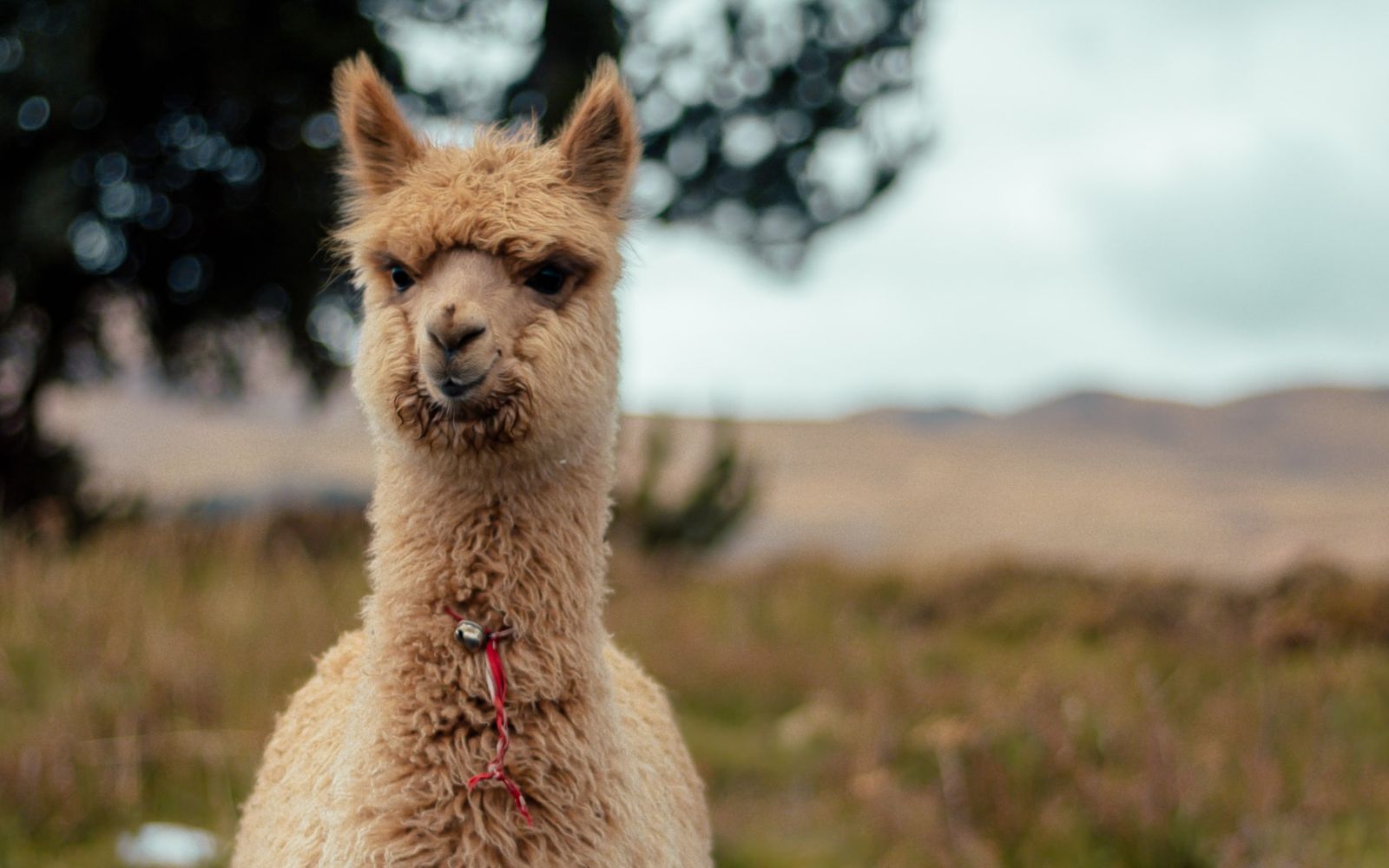
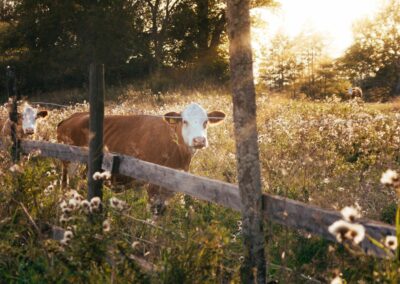
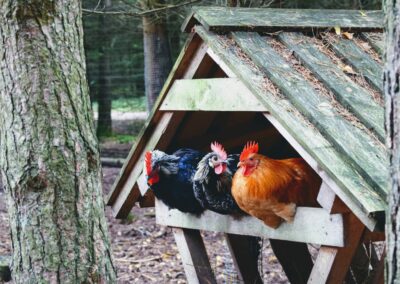
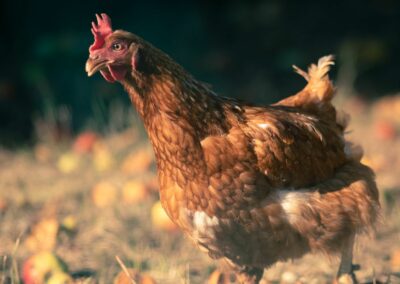
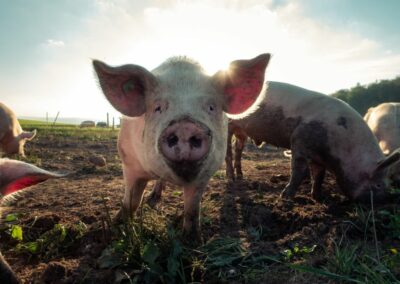
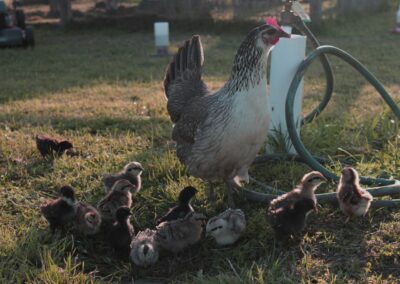
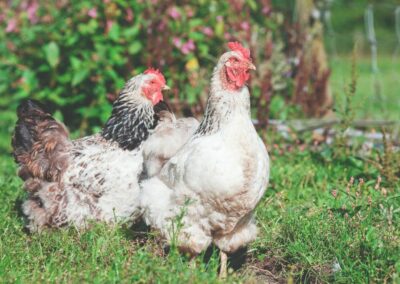
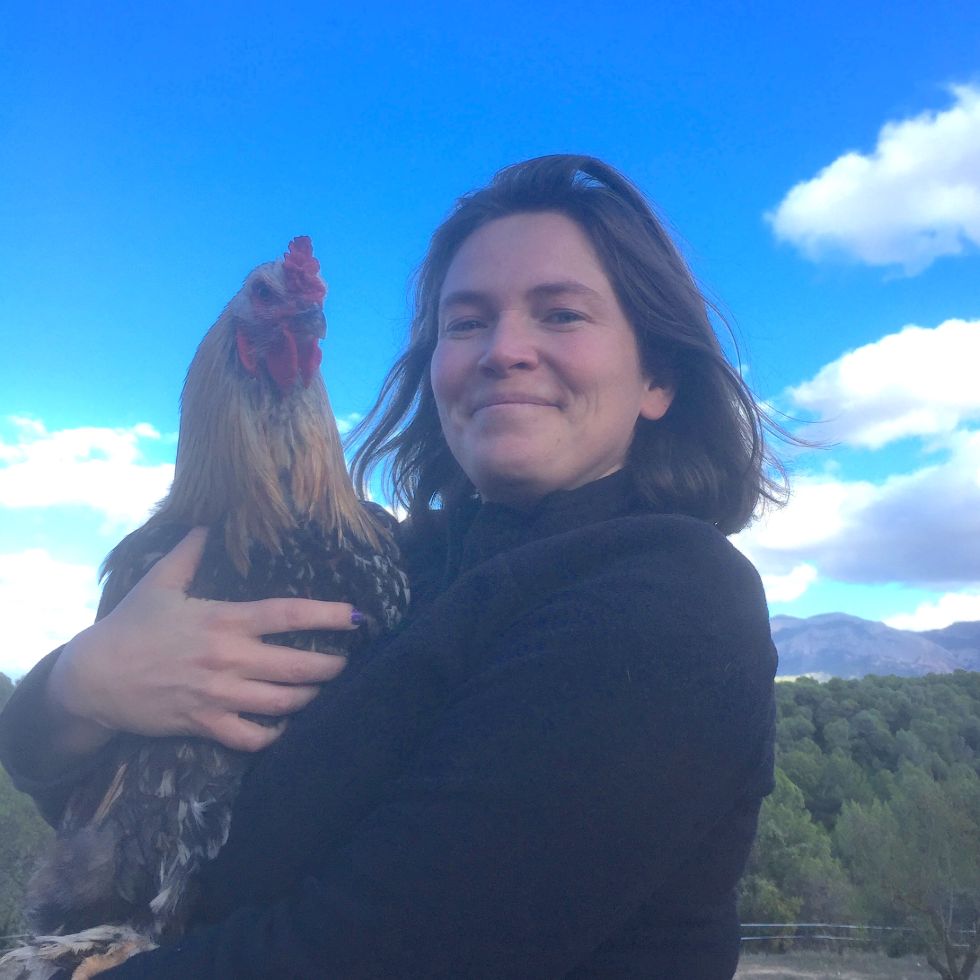
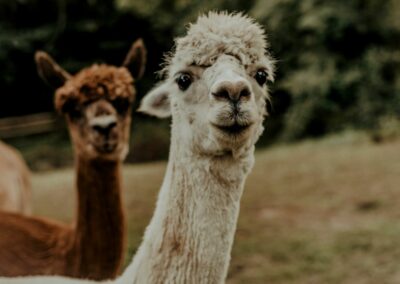
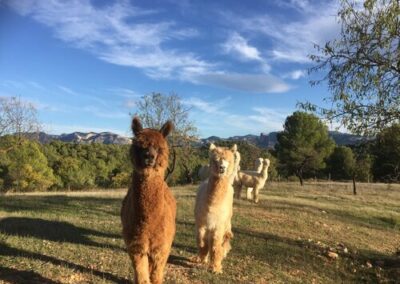
0 Comments